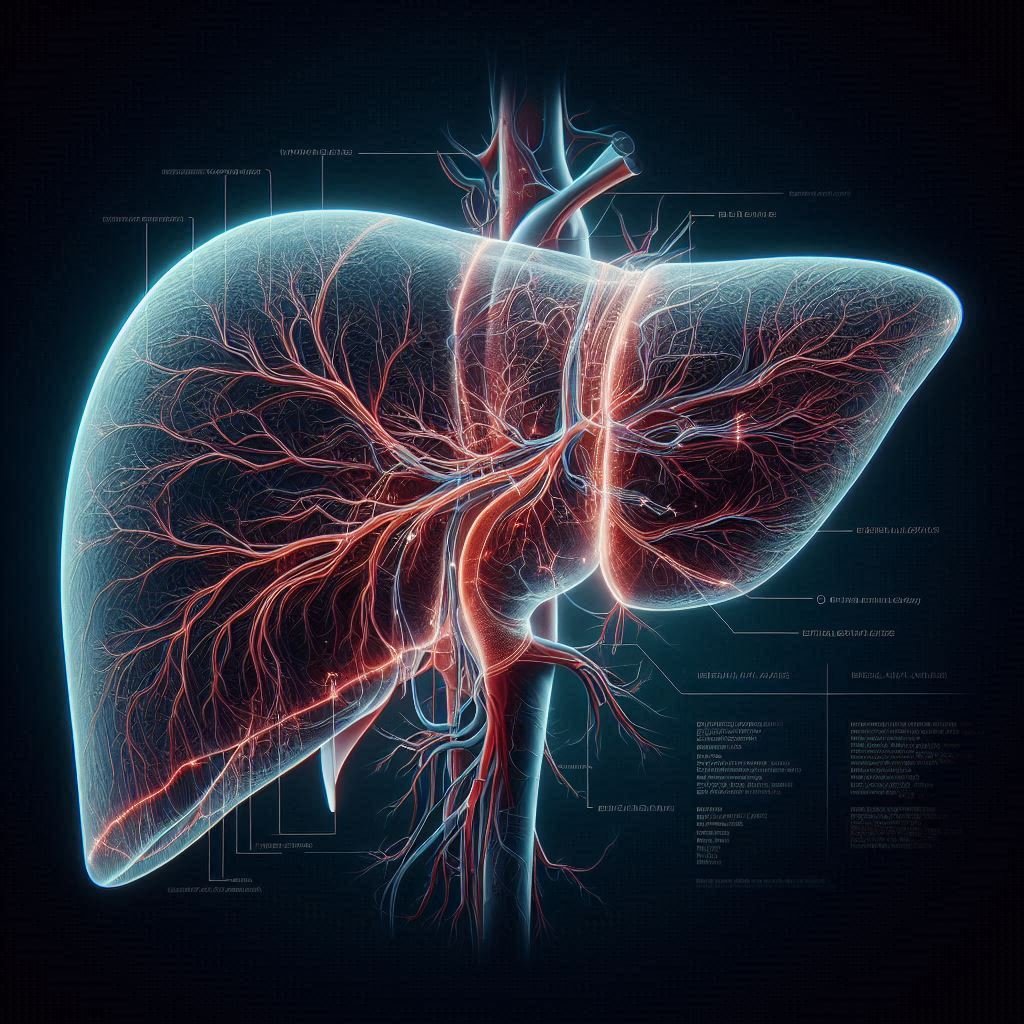
Gilbert’s syndrome is a harmless condition but often causes anxiety before the condition is diagnosed. It is arguably the most common medical syndrome identified.Gilbert’s Syndrome is detected by finding a slightly raised bilirubin level in the blood with no other abnormalities of liver function and no signs of liver disease. It is the most common hereditary cause of increased bilirubin, and is found in up to 5% of the population. Unconjugated hyperbilirubinemia in Gilbert syndrome has long been recognized as due to underactivity of the conjugating enzyme system bilirubin-uridine diphosphate glucuronyl transferase. The main symptom is otherwise harmless jaundice which does not require treatment, caused by elevated levels of unconjugated bilirubin in the bloodstream. Also known as constitutional hepatic dysfunction, unconjugated benign bilirubinemia and familial nonhemolytic jaundice, Gilbert’s syndrome typically doesn’t require treatment or pose serious complications. Bilirubin levels tend particularly to be increased in Gilbert syndrome with starvation or dehydration.
Gilbert’s syndrome is most often recognised in the second or third decade of life and is rarely diagnosed before puberty. Men are often affected more than women. It can also frequently coexist with the conditions associated with unconjugated hyperbilirubinemia, such as thalassemia and glucose-6-phosphate deficiency. The condition is inherited and is relatively common being estimated to affect about 1 person in 20. The source of this hyperbilirubinemia is reduced activity of the enzyme (glucuronyl transferase) which conjugates bilirubin and some other lipophilic molecules. In people with Gilbert’s syndrome, the bilirubin level often goes up and down. At times, it may be within the normal range. People with Gilbert’s syndrome have an inherited abnormality that causes reduced production of an enzyme involved in processing bilirubin. It is often first diagnosed in the late teens or early twenties.
Causes of Gilbert’s syndrome
The common causes and risk factor’s of Gilbert’s syndrome include the following:
Mutation in the UDP-glucuronosyltransferase gene.
Fasting: This produces an increase in the plasma unconjugated bilirubin level.
Stress, such as trauma and overexertion.
Menstrual periods.
Intercurrent illness, such as a viral infection.
Symptoms of Gilbert’s syndrome
Some sign and symptoms related to Gilbert’s syndrome are as follows:
Gilbert’s Syndrome is generally harmless and does not produce any symptoms, although some sufferers complain of excessive fatigue.
Mild jaundice (yellowing of skin and whites of eyes).
Loss of appetite.
Pain in the abdomen (uncommon).
Weakness.
Treatment of Gilbert’s syndrome
Here is list of the methods for treating Gilbert’s syndrome:
Gilbert’s syndrome seems to be a lifelong disorder, but it usually doesn’t need medical treatment.
Medication that helps the enzyme work better may be used to treat the jaundice if it becomes a problem.
Phenobarbitone in small doses can sometimes help clear the jaundice.
People with Gilbert’s syndrome don’t typically need long-term monitoring of their condition or repeat blood tests.
If you’re distressed by jaundice, the barbiturate medication phenobarbital may reduce bilirubin levels.




